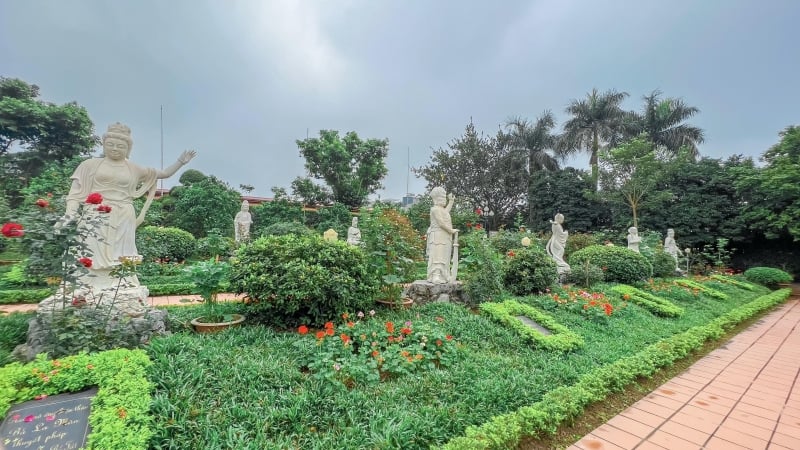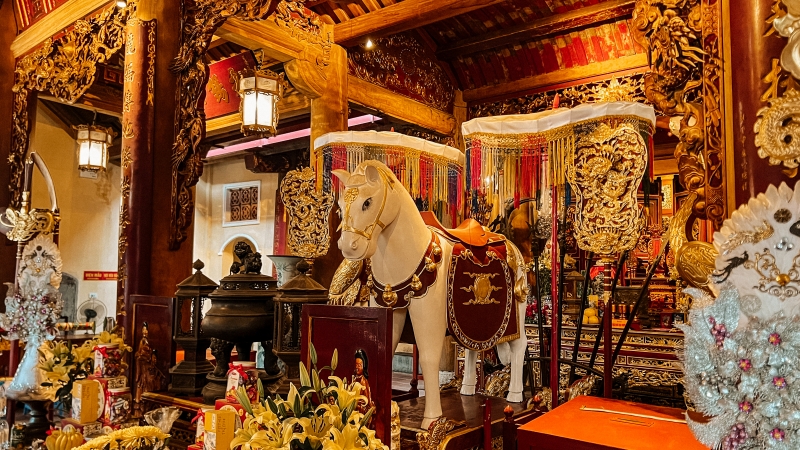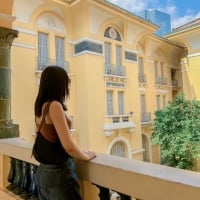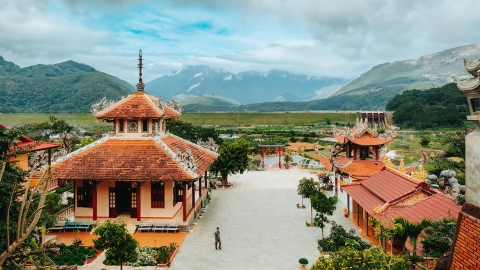Decoding the historical origin of Thang Nghiem Pagoda
According to Dai Viet Su Ky Toan Thu, Thang Nghiem Pagoda was built during the reign of King Ly Thai To. After moving the capital from Hoa Lu to Dai La (now Hanoi), King Ly Thai To ordered the construction of many Buddhist structures, including Thang Nghiem Pagoda.
According to legend, before building Thang Nghiem Pagoda, King Ly Thai To went sightseeing on the Nhue Giang River and saw an ancient temple hidden in the shadows. After worshiping Buddha, the king saw the solemn scenery and the beautiful land like flying dragons and dancing phoenixes, so he named this place Trang Khuc Thuy and ordered the construction of Thang Nghiem Pagoda.
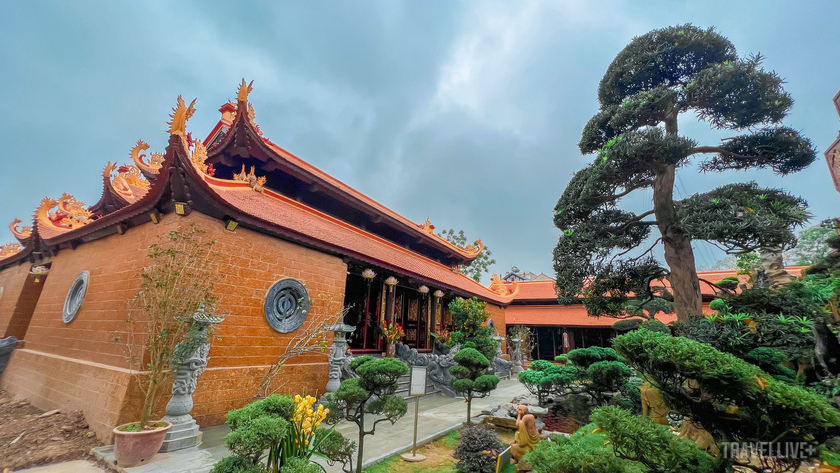
According to Dai Viet Su Ky Toan Thu, Thang Nghiem Pagoda was built during the reign of King Ly Thai To.
According to folk legend, Thang Nghiem Pagoda was built very early, around 200 AD, by two Indian missionaries, Ton Gia Kim Quoc and Ton Gia Kim Trang, to spread Buddhism.
Thang Nghiem Pagoda has had many different names over the years such as: But Pagoda, Phap Vuong Pagoda (Dinh Dynasty), Thang Nghiem Pagoda (Ly Dynasty), Tri Long Pagoda, Tri Bong Pagoda (Tran Dynasty), Lien Tri Pagoda (Le Dynasty), Phuc Dong Pagoda (Nguyen Dynasty). Nowadays, local people often call it Khuc Thuy Pagoda because the pagoda is located in Khuc Thuy village.

Pure space and profound spiritual and cultural values
During the two resistance wars against France and the US, Thang Nghiem Pagoda was severely damaged. Most of the pagoda’s architecture, relics and documents were lost.
In 2010, Thang Nghiem Pagoda was rebuilt with a new, spacious and modern appearance. The sophisticated architecture of the pagoda attracts many tourists to visit and sightsee.

In 2010, Thang Nghiem Pagoda was rebuilt with a new, spacious and modern appearance.
Peace of mind
The pagoda impresses visitors with its dominant yellow color, dotted with brown and red details, creating a harmonious and solemn whole. With its unique architectural beauty, peaceful space and profound cultural and spiritual values, Thang Nghiem Pagoda has become an attractive destination for tourists from all over the world.
Entering the temple gate, visitors will be overwhelmed by the beauty of Tam Bao. This is the main place of worship of the temple with Buddha statues carved from jackfruit wood and gilded with extremely sophisticated gold. Bearing the strong imprint of Buddhist architecture of the Northern Delta during the Ly Dynasty, Tam Bao is where Buddha statues representing different religious philosophies are kept. Surrounding Tam Bao are 100 smaller Buddha statues also painted in bright yellow, symbolizing the enlightenment and wisdom of Buddha. In particular, the 5 m high, 10 ton statue of Buddha Shakyamuni, located on a 3 m high lotus pedestal standing out in the middle of the fish pond, is the highlight that attracts all eyes.
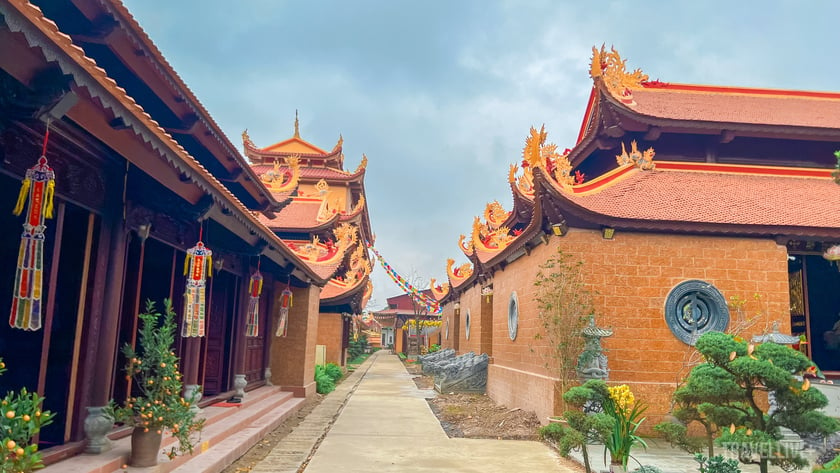
The temple impresses visitors with its dominant yellow color, dotted with brown and red details, creating a harmonious and solemn whole.

Entering the temple gate, visitors will be overwhelmed by the beauty of the Three Jewels.
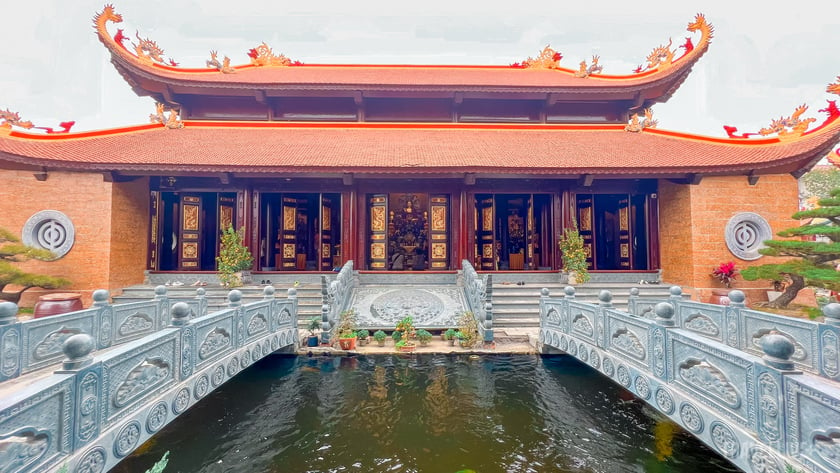
The Tam Bao is home to Buddha statues representing different religious philosophies.
Behind the Tam Bao, the temple built a hall where lectures, sermons and Buddhist ceremonies take place. With a capacity of hundreds of people, the hall is where the temple's major ceremonies such as Buddha's Birthday and Vu Lan Festival take place.
Coming to Thang Nghiem Pagoda, visitors can take a walk and enjoy the fresh, peaceful atmosphere. The pagoda is surrounded by rows of green trees, creating a peaceful and quiet space. One of the highlights of the pagoda is the lotus pond where visitors can immerse themselves in the peaceful and quiet scene. Looking at the lotus flowers blooming in the middle of the clear blue lake, visitors will feel the serenity and peace in their souls.
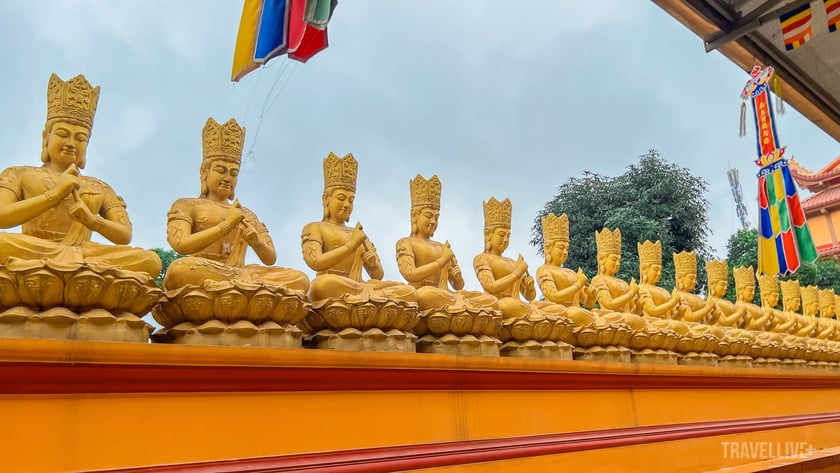
100 small Buddha statues painted in bright gold
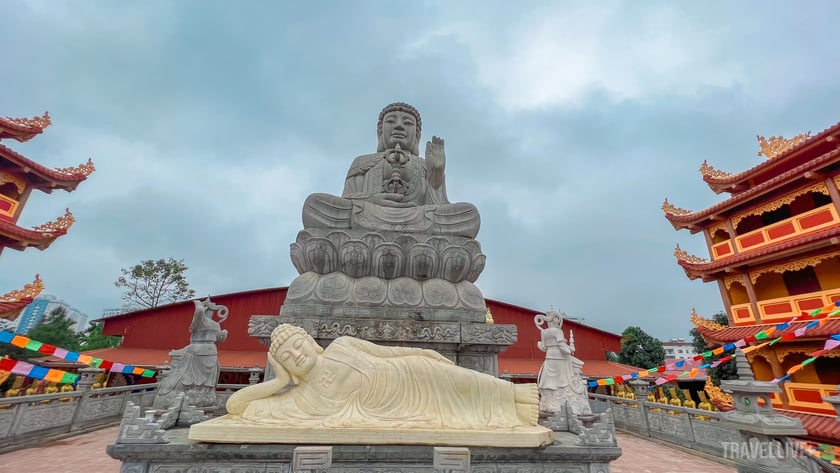
Statue of Buddha Shakyamuni

Lotus lake where visitors can immerse themselves in the peaceful and quiet scenery.
Tantric gem in the heart of Hanoi
Thang Nghiem Pagoda was built in the style of Tantric architecture mixed with traditional Vietnamese Buddhist architecture. The pagoda is one of the few Tantric pagodas in Vietnam. Coming here, visitors not only worship Buddha Dharma but also have the opportunity to seek peace of mind and explore the cultural beauty of Tantric Buddhism.
It is known that Tantric Buddhism is a special branch of Mahayana Buddhism, containing many mysteries and attracting the curiosity of many people. Famous for its solemn rituals and unique magical instruments, Tantric Buddhism brings a spiritual world full of color and profound meaning.

Unique architectural beauty at Thang Nghiem Pagoda
As one of the most popular dharma instruments of Tantric Buddhism, the Vajra, also known as the Yaksha, symbolizes victory over obstacles and afflictions. The image of the three-sided pestle placed together to form a cross symbolizes the wisdom and power of the Buddhas. When practicing, a Vajra is placed in the four corners of the large altar with the meaning of breaking the 12 links of dependent origination and bringing people to enlightenment.
Walking around the temple grounds, visitors will come across the prayer wheel, also known as the prayer wheel, a simple but extremely meaningful instrument. The wheel is carved with sacred prayers, mantras and images. When turning the wheel, the prayers will be chanted, creating positive energy to help purify the soul, purify bad karma and bring peace to people.
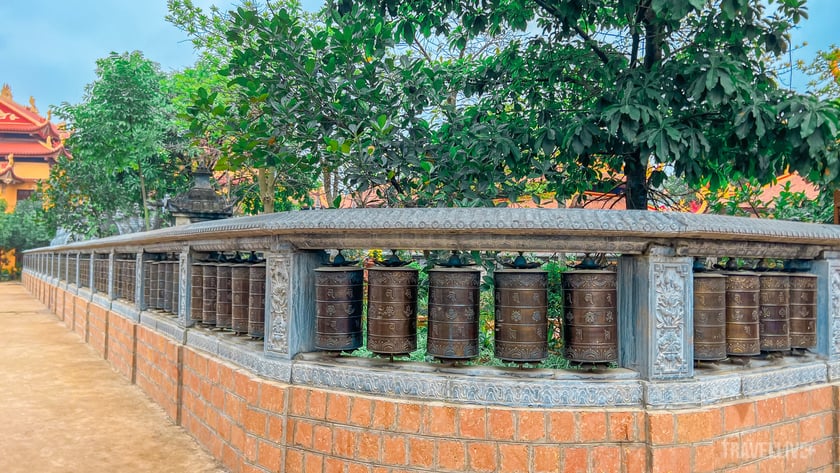
The prayer wheel, also known as the prayer wheel, is a simple instrument but has great meaning.
The colorful Lungta flags fluttering in the wind are a typical image of Tantric Buddhism that appear in every corner of Thang Nghiem Pagoda. In Tibetan, Lungta means “wind horse”, symbolizing the transformation of evil into good, misfortune into good fortune. The colors of the Lungta flags also have their own meanings, symbolizing the five wisdoms of Buddha.
The first time setting foot in Thang Nghiem Quoc Tu, Nguyen Hong Hanh (Dong Da district, Hanoi) shared: "Enjoying the scenery in the campus of Thang Nghiem pagoda, I felt so comfortable and peaceful because of the rows of green trees, fragrant lotus pond and unique Buddhist space."
In addition, when coming to Thang Nghiem Pagoda, visitors also have the opportunity to participate in the Tantric rituals held at the pagoda. These are special rituals, bearing the cultural and spiritual imprint of Tantric Buddhism. The journey to explore Thang Nghiem Pagoda not only helps visitors understand more about the teachings but also brings new and profound spiritual experiences.
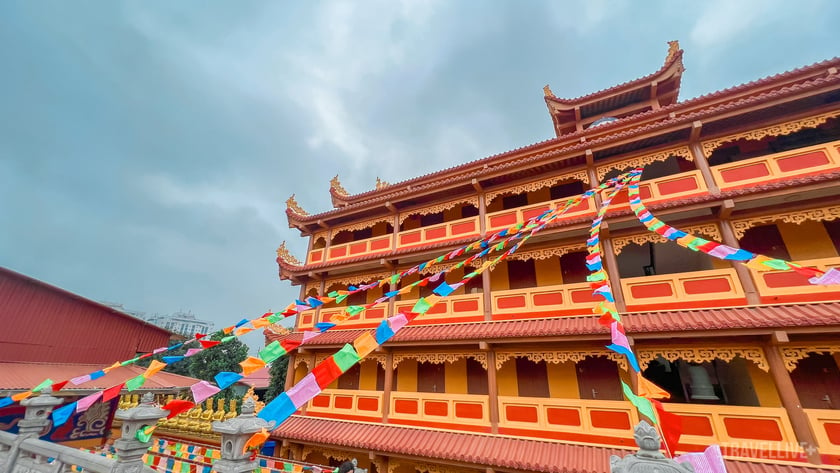
Colorful Lungta flags fluttering in the wind are a typical image of Tantric Buddhism that appears in every corner of Thang Nghiem Pagoda.
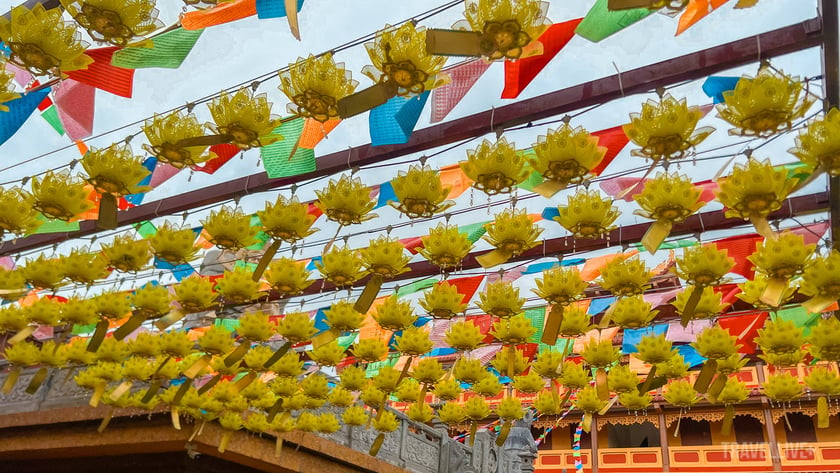
In Tibetan, Lungta means “wind horse”









